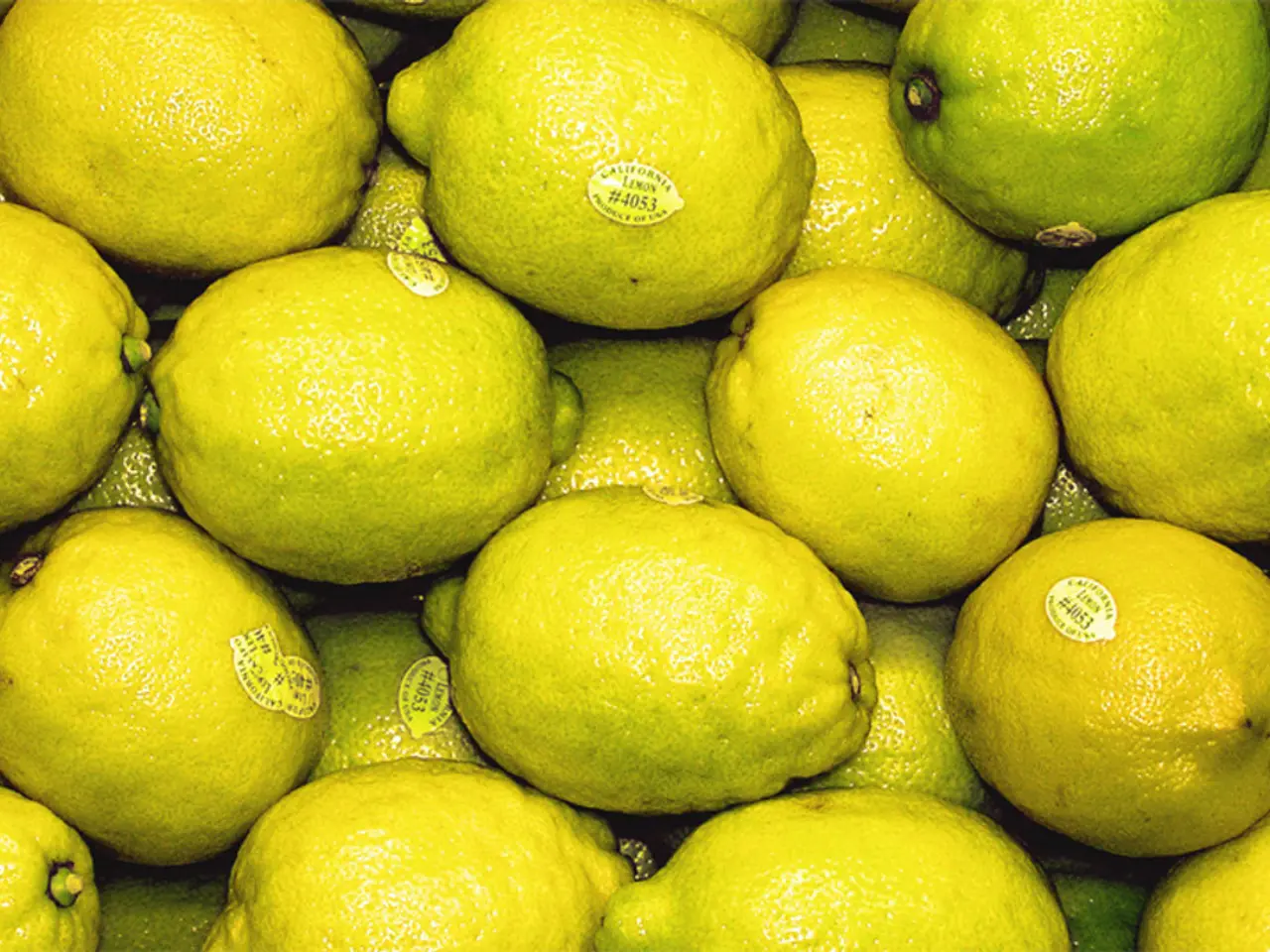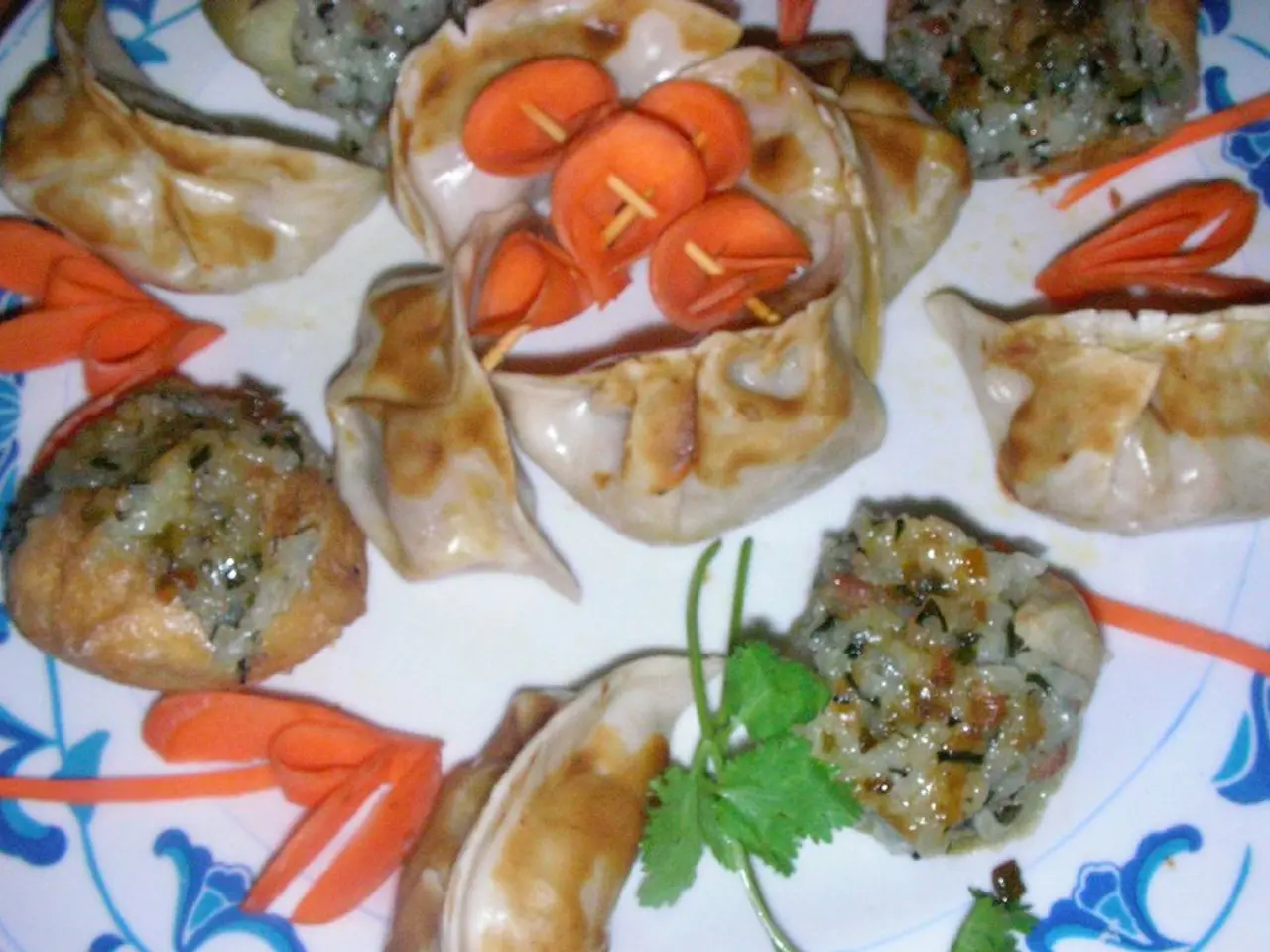Cultivating and Nurturing a Lemon Citrus Bonsai: Guidance and Maintenance Tips
In the realm of bonsai cultivation, the citrus lemon tree stands out as a captivating and vibrant addition to any collection. With its bright, tangy fruit and compact size, it's no wonder that many enthusiasts are drawn to this unique plant. This article provides a comprehensive guide to caring for your bonsai lemon tree, ensuring its health and vitality for years to come.
**Temperature**
Bonsai lemon trees thrive best in temperatures ranging from 55°F (13°C) to 85°F (29°C). They are sensitive to cold, so it's essential to protect them from frost or prolonged cold. During cold months, keep them indoors or in a protected area to prevent damage.
**Light**
Provide your bonsai lemon tree with lots of bright light, ideally full sun for at least 6 hours daily. If indoors, place it near a south-facing window or use grow lights to ensure adequate light exposure without harsh direct afternoon sun that can scorch leaves.
**Watering**
Keep the soil consistently moist but well-draining. Water thoroughly when the top inch of soil feels dry. Avoid letting the soil dry out completely or become waterlogged, as lemon trees are susceptible to root rot. In winter, watering frequency can be reduced but never stopped entirely to avoid defoliation.
**Fertilizing**
Use a fertilizer balanced for citrus trees, preferably one that is slightly acidic. Feed regularly during the growing season with small, frequent doses to support fruiting and leaf development. Avoid over-fertilizing, which can cause leggy growth or damage. Organic compost or peat moss additions can also help maintain soil nutrients and acidity.
**Pruning**
Regularly prune to maintain the bonsai shape and encourage branching. Trim back new shoots to promote a denser canopy. Remove dead or unhealthy branches to sustain the tree’s vigor.
**Wiring and Training**
Wiring can be used to shape branches but should be done carefully to avoid damaging the bark. Since lemon trees have somewhat brittle branches, monitor wiring often and remove or adjust as needed to prevent scarring.
**Repotting**
Repot every 2-3 years in spring, using a well-draining, slightly acidic bonsai soil mix adjusted with organic matter like peat moss or compost for moisture retention. Ensure roots have room to grow but avoid overly large pots to keep the tree miniature.
**Propagation**
Lemon bonsais can be propagated by cuttings or grafting. Take semi-hardwood cuttings in late spring or early summer and root them in a warm, humid environment. Grafting onto hardy rootstock helps maintain tree health and fruit quality.
**Pests and Diseases**
Common issues include spider mites, aphids, scale insects, and fungal diseases like root rot. Regularly inspect leaves and branches and treat infestations early with insecticidal soap or neem oil. Good drainage and watering practices reduce disease risk.
Starting a bonsai lemon tree from seed requires patience but is rewarding. If the temperature is going to drop below 50 degrees at night, the tree should be brought indoors. After a year of growth, bonsai lemon trees can be shaped and trained using wires. Fertilize citrus bonsai lemon trees during the main growing season (April through August) with a fertilizer designed for acid-loving plants.
Citrus bonsai lemon trees need at least 6 hours of sunlight, but will do better with 8 hours of sunlight. Seedlings should be moved to individual 4-inch containers once they have developed multiple leaves. Once seedlings have sprouted, they should be moved to a sunny location with 8 hours of direct sunlight each day.
Avoid using water with lime on bonsai lemon trees. Organic Meyer lemons are suggested for the best germination rate. Watering frequency for indoor and outdoor bonsai lemon trees may differ. Seeds should be placed about 1/2 inch deep in soil and covered, with space between each seed.
Bonsai lemon trees need to be repotted every two or three years in the spring before the main growing season begins. A shallow container or tray is needed to start the seeds. Seedlings need to be kept warm (at least 70 degrees) and the soil should be moist until germination (usually 2-3 weeks).
Propagating new lemon trees from a mature bonsai lemon tree is more reliable through stem cuttings than starting from seed. Citrus bonsai lemon trees require a temperature above 50 degrees Fahrenheit. Citrus lemon trees are susceptible to pests like scale, whitefly, and spider mites. Regularly wash the leaves to prevent pests.
Meyer lemons are recommended for bonsai due to their compact size. It's recommended to wait until seedlings are at least one year old before shaping them into bonsai. Citrus bonsai lemon trees can be grown outdoors all year in warm climates, but should only be outdoors during the summer in moderate or cold climates.
The citrus lemon tree is a suitable choice for a bonsai collection, offering a vibrant, fruit-bearing addition that will delight both the eye and the palate. With careful attention to its specific needs, your bonsai lemon tree will flourish and provide years of enjoyment.
- In addition to being a captivating addition to your bonsai collection, the lemon tree also offers an opportunity for home-and-garden enthusiasts to enjoy its tangy fruit.
- For those with a keen interest in lifestyle and fashion-and-beauty, the bonsai lemon tree can serve as a unique decorative piece, complementing any interior design.
- Meanwhile, food-and-drink connoisseurs might find delight in experimenting with bonsai lemon tree recipes, such as making homemade lemonade or candied lemon peels.
- Furthermore, home cooks can take advantage of the compact size of the bonsai lemon tree to grow fresh lemons right at home, ensuring a steady supply of fresh ingredients for cooking.




